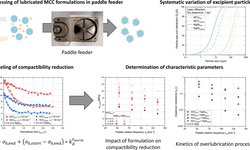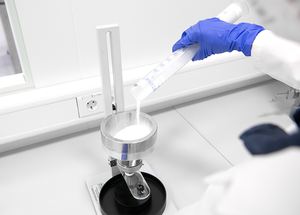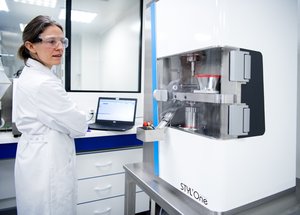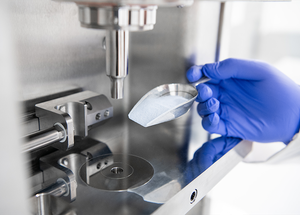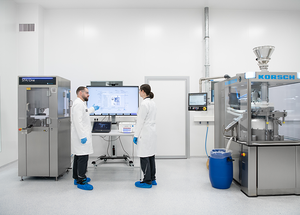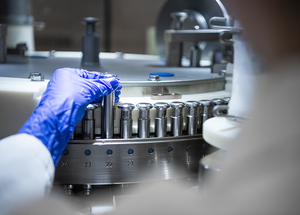Scientific papers
Micronized particles are commonly employed to enhance content uniformity (CU), dissolution performance, and the bioavailability of active pharmaceutical ingredients (API). Various particle engineering methods have been developed to produce micron-sized API within specific size ranges, aiming to achieve desirable biopharmaceutical performance. Nevertheless, these API particles face the challenge of potentially altering crucial bulk powder properties essential for the successful manufacture of high-quality drug products, owing to variations in particle shapes, size distribution, and surface energetics arising from the anisotropy of API crystals.
This study systematically investigated key bulk properties of 10 different batches of Odanacatib, prepared using either jet milling or fast precipitation. All batches adhered to particle size specifications established to ensure equivalent biopharmaceutical performance. However, they exhibited notable differences in powder properties, solid-state characteristics, dissolution profiles, and tablet CU. Among the 10 batches, a sample directly precipitated displayed the overall best performance, taking into account tabletability, dissolution, and CU. This research underscores the measurable influence of the processing route on API properties and emphasizes the critical importance of selecting an appropriate processing route to yield fine particles with optimal properties and performance.
Comments
No comments posted yet.
Add a comment


